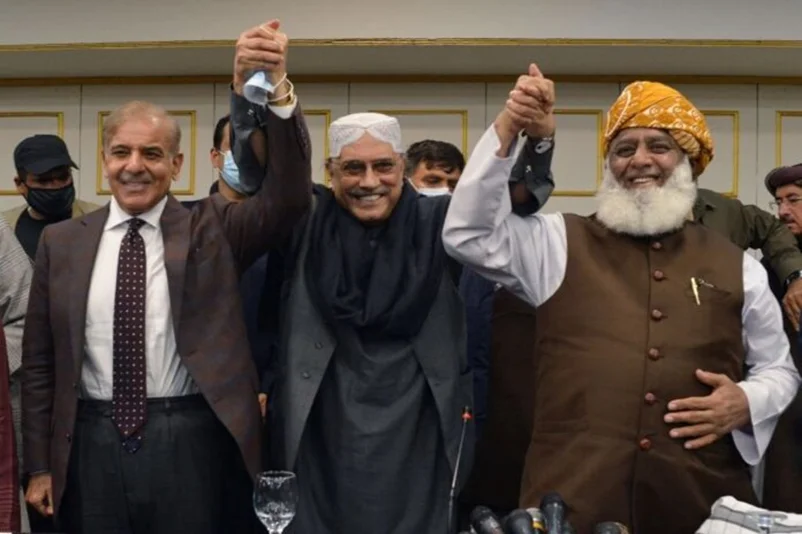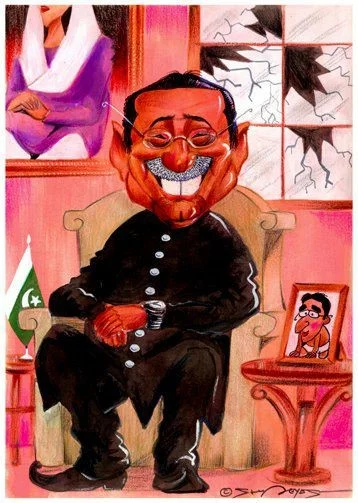Coalition Formation and Leadership Dynamics
Recent political developments in Pakistan mark a notable transformation in the nation’s political arena as the Pakistan People’s Party (PPP) and the Pakistan Muslim League-Nawaz (PML-N), alongside several other parties, forge an alliance to establish a coalition government. At the core of this collaboration lies the potential resurgence of Asif Ali Zardari, PPP’s co-chairman, as the president for a second term.
The pact between PPP, PML-N, Muttahida Qaumi Movement-Pakistan (MQMP), Pakistan Muslim League-Quaid (PML-Q), Islami Pakhtunkhwa Party (IPP), and Baluchistan Awami Party (BAP) signifies a concerted endeavor to unify diverse political factions under a shared agenda, reminiscent of the Pakistan Democratic Movement (PDM) aimed at challenging the incumbent government and tackling systemic issues.

The nomination of Asif Ali Zardari for the presidency underscores PPP’s confidence in his leadership to navigate the country through its challenges, given his experience and reputed shrewdness for strategic decision-making. Moreover, PPP’s proposal to appoint Sarfraz Bugti, a prominent party figure, as the chief minister of Baluchistan, reflects a calculated move to consolidate power and representation in pivotal regions.
The dynamics within the coalition unveil a nuanced interplay of negotiations and power-sharing arrangements. PPP’s endorsement of PML-N’s candidate for prime minister while refraining from direct participation in the government demonstrates a pragmatic approach to maximize influence without assuming direct responsibility. Conversely, PML-N’s support for Zardari’s presidency, depending on PPP’s backing of Shehbaz Sharif for prime minister, underscores the complexities of coalition politics and the delicate balance of competing interests.
The potential inclusion of Maulana Fazlur Rehman from the Jamiat Ulema-e-Islam-Fazl (JUI-F) further underscores the coalition’s efforts to broaden its support base and bolster its governance capacity.
Ultimately, the efficacy of this coalition government hinges on its ability to translate political cohesion into effective governance, address pressing socio-economic challenges, and navigate Pakistan’s intricate domestic and foreign policy landscape.



